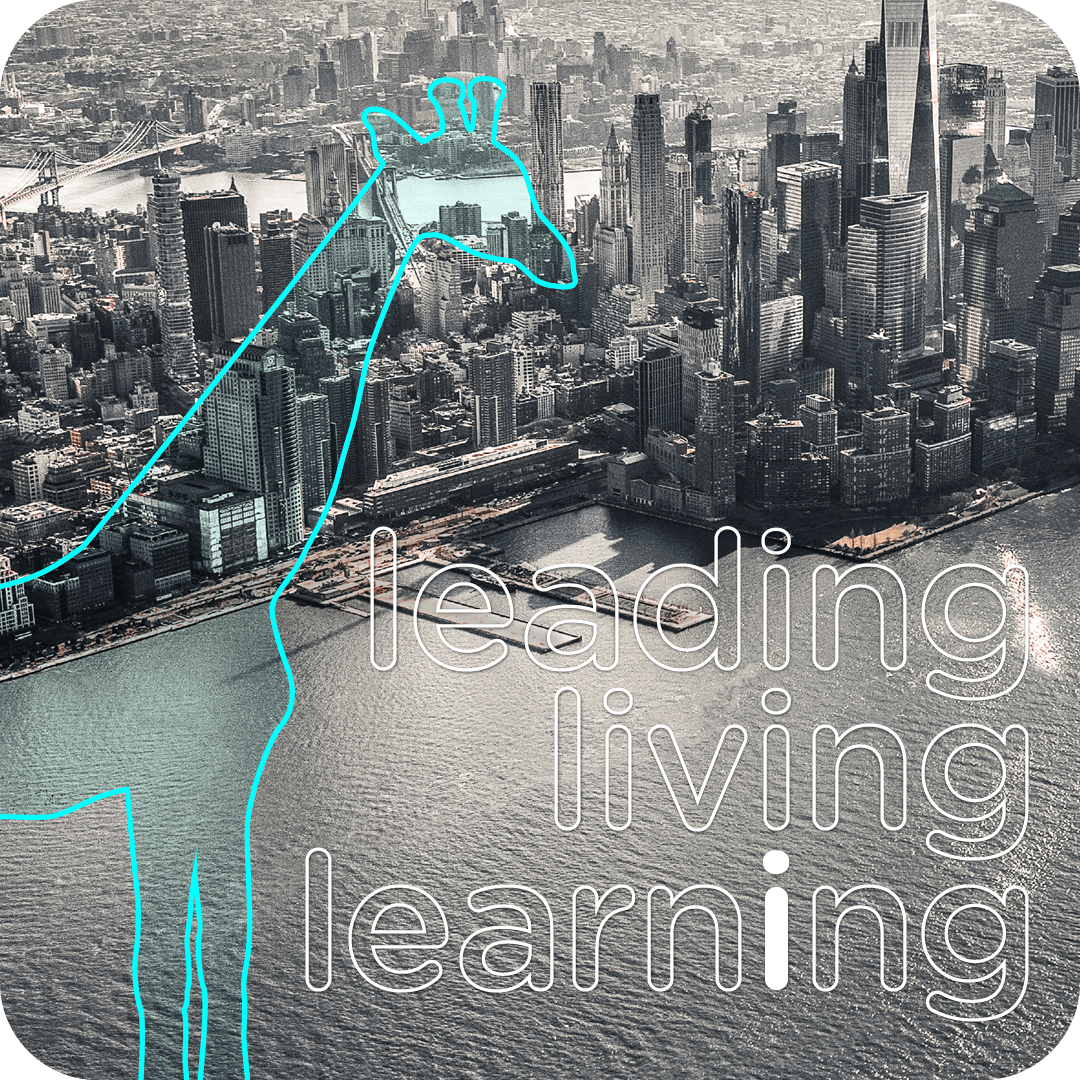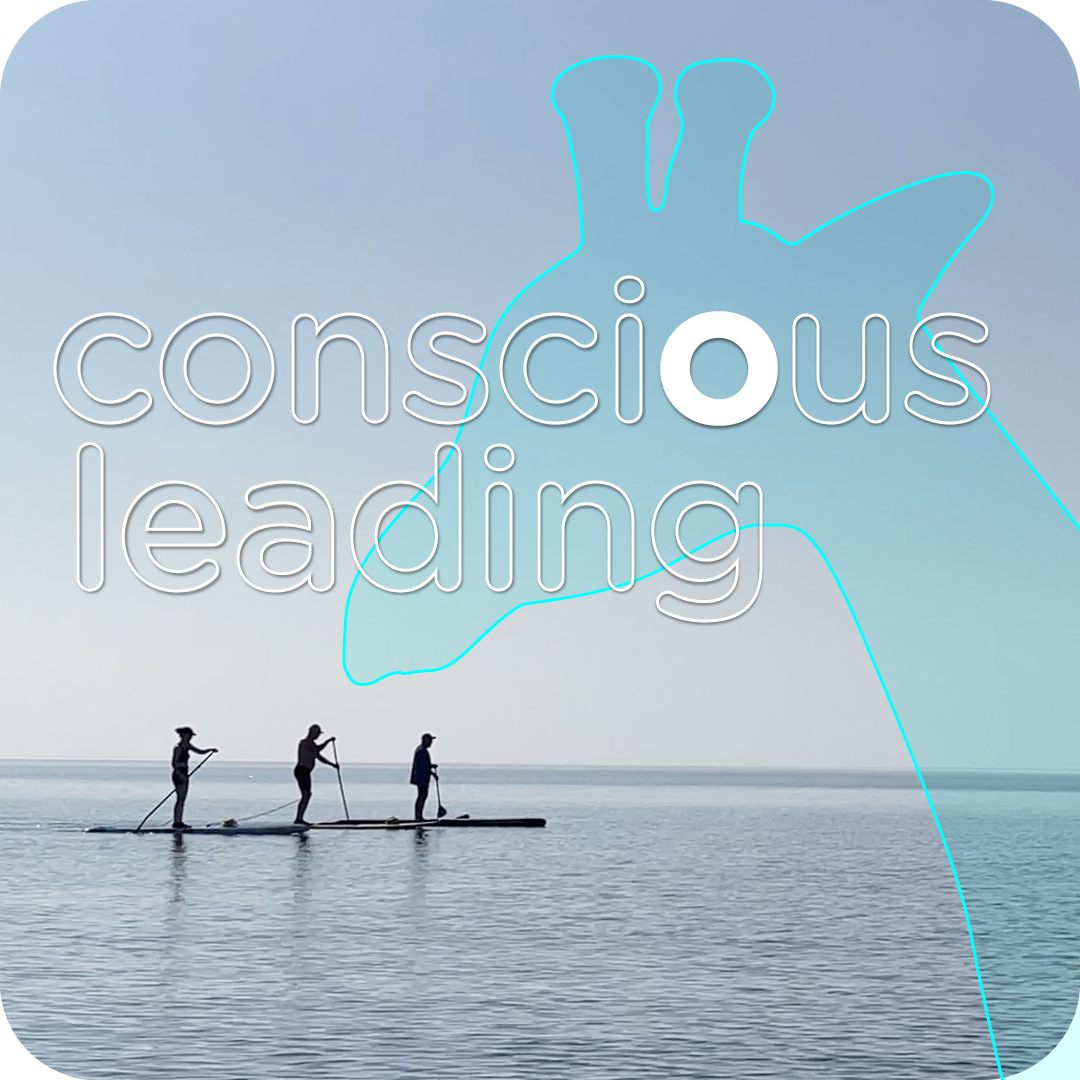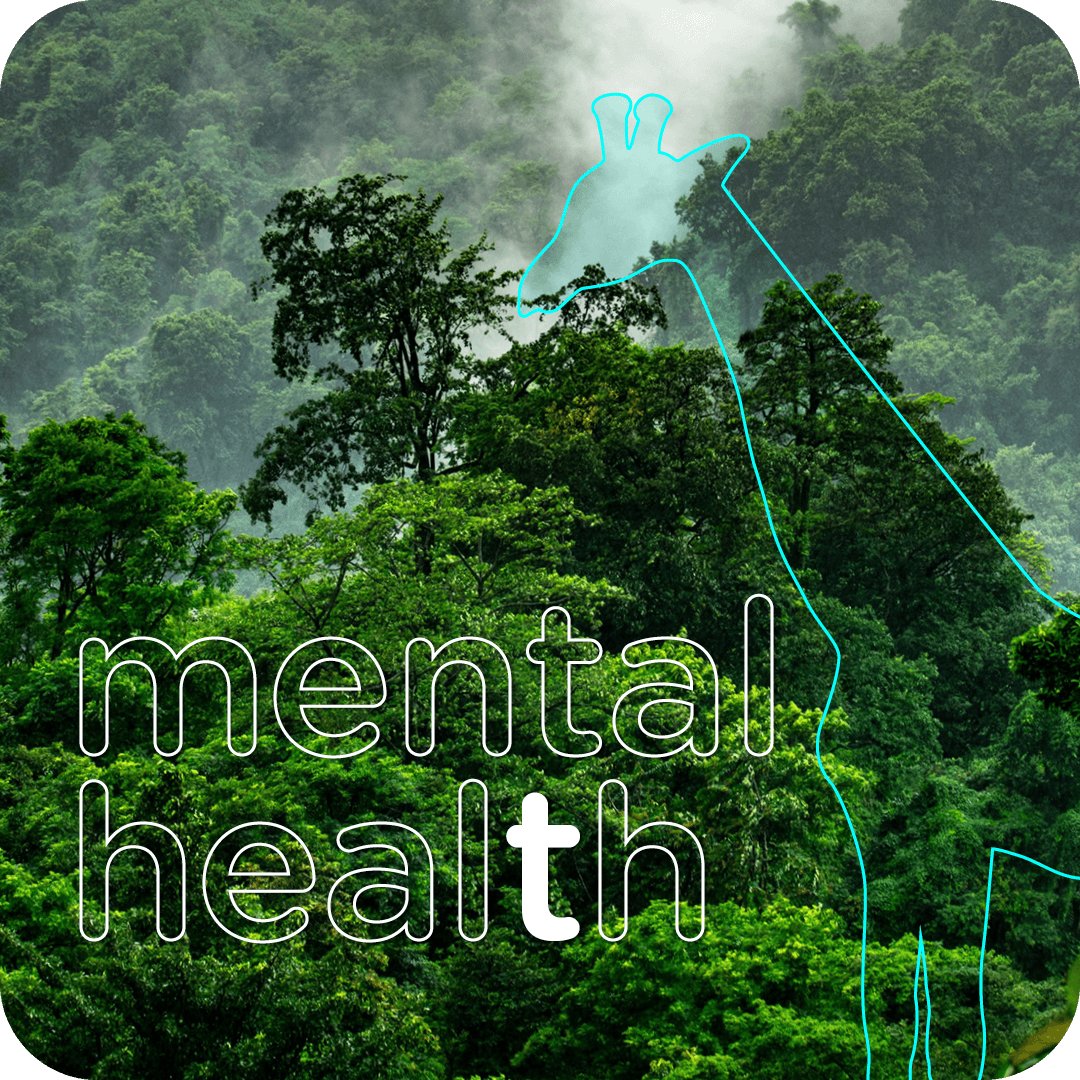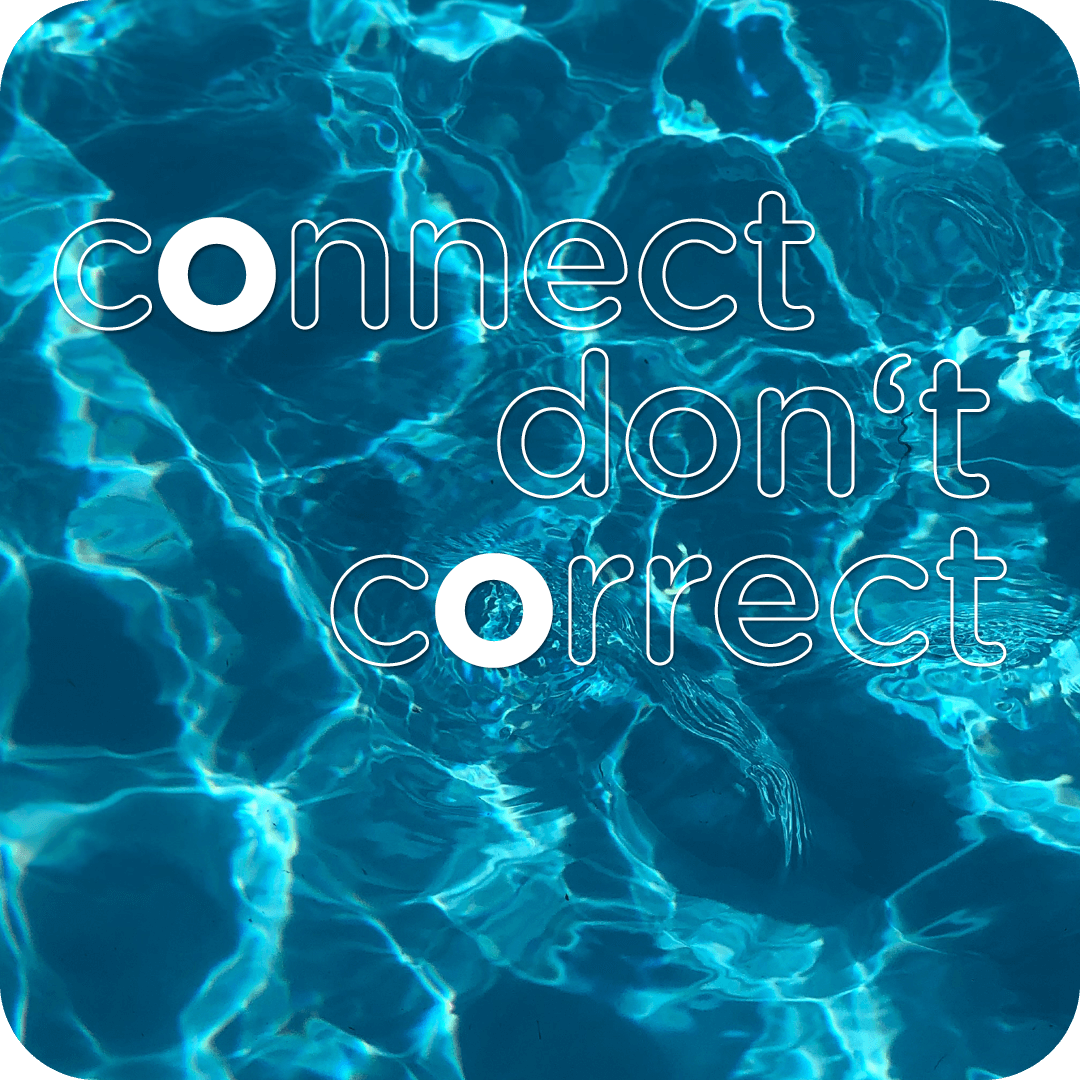
As a leader you operate in a permanent, highly demanding field of tension between the economic interests of the organisation, the individual needs of employees and your own personal goals as a private and career person.
In doing so, you constantly have to lead yourself, others and the organisation, which is inherently conflictual and can sometimes lead to feelings of inner turmoil or confusion, right up to the frustrating realisation that you simply cannot please everyone and everything, no matter how hard you try.
The prerequisite for making good and sustainable decisions for all stakeholders and feeling comfortable and secure in leadership is stable inner leadership, a reliable inner compass – self-leadership. This includes …
When it comes to leading teams and organisations sometimes small things can decide whether you win or lose the mandate, i.e. the accepted followership of people. And sometimes the latter (loss of mandate) even happens without you ever knowing why. This makes it all the more important to create a culture of trust and shared learning that enables ooen and honest, constructive and critical feedback processes without negative consequences. Top down, bottom up, in all directions.
What I personally like best about modern leadership is the image of a host à la Mark McKergow. He describes 6 roles: the Initiator, who gets things moving – the Invitor, who invites people to participate in attractive projects – the Space Creator, who creates space for encounters and dialogue as well as for making decisions – the Connector, who brings people together – the Co-Participator, who also lends a hand when needed – and finally the Gate-Keeper, who welcomes guests at the door and says goodbye, i.e. as a manager, actively integrates everyone into the team and, in the worst case, also throws them out.
Employees want to be seen and heard not just as a “human resource”, as a means to an end, but as a person, as an adult, symmetrically and at eye level.
On the basic assumption that people are naturally motivated and that both the carrot and the stick would only have a negative impact on this, you as a leader understand your task as creating an environment in which people can work well and with joy. In all its diversity and variety, ideally even with an appreciation of these differences as a wealth of perspectives.
Okay, and if this picture is far too airy-fairy for you right now … Yes, not everything is rosy in the world of leadership. And this also requires a clear vision, ambitious and achievable goals, very clear and connectable communication skills, knowledge of conflict escalation and management and, last but not least, a bit of psychology and an understanding of intra- and interpersonal group dynamic processes and organisational contexts.
20% of your effectiveness as a aleader can be represented by the upper, visible part of an iceberg. There is the factual level, the intellectual part of leadership: the measurable results, KPIs, numbers, data, facts, strategies, everything that is tangible, observable, concrete or rationally graspable.

The much larger part, namely 80% of your effectiveness as a leader is on the emotional and relational level, symbolized by the lower part of the iceberg, which lies under water, hidden, and therefore not so obvious and easily accessible.
This part more or less unconsciously controls why and how we lead, how we communicate, how we behave and how we feel. Here lie our values and needs, our attitudes and beliefs, and also a large part of the unconscious, which we will probably never understand in its entirety. Neither with ourselves nor with other people.
However, the better we get to know and understand ourselves, the more comfortable we can be on the emotional and relational level with other people. There, and only there, does connection and connectedness emerge on the level of universal needs and values, even if we disagree on the factual level. It forms the foundation for an adult, symmetrical encounter at eye level.
And as a third level we need the meta level, the helicopter or bird’s eye view. From there, you can look at the situation from an emotional distance and observe what is happening at which level. This is essential for Conscious Leadership. Time to observe, hypothesize, reflect and plan. This takes us away from reacting unconsciously to acting consciously.

In challenging and conflicting situations, 2 quotes, among others, have helped me a lot on my development path towards conscious action:
The first comes from the Austrian neurologist and psychiatrist Viktor Frankl: “Between stimulus and reaction there is a space. In that space is our power to choose our response. In our response lies our growth and our freedom.“ Simply becoming aware of this space between a stimulus and our reaction, and increasing it until we can again consciously and in connection with ourselves and all the people involved plan and implement a reaction for the best of all, saves us from too spontaneous affective actions of our “autopilot”.
The second quote comes from the Indian philosopher Jiddu Krishnamurti and reads: “To observe without evaluating is the highest form of human intelligence”. For me, this means first and foremost that it is super hard to observe without evaluating. And that has mostly to do with our cultural conditioning and socialization, which tends to make us compare and evaluate what is right and wrong, good or bad.
As a leader, you need both neutral observation and evaluation. You always have two pairs of glasses to choose from and decide consciously at every moment which pair of glasses you put on in which situation. Every moment is a choice.

Mental health is an integral and essential component of holistic health. The constitution of the World Health Organization (WHO) states: “Health is a state of complete physical, mental and social well-being and not merely the absence of disease or infirmity.”
Mental health is a state of well-being in which a person recognizes his or her own abilities and is able to cope with the normal stresses of life, work productively, and contribute to the community.
Mental health is fundamental to our collective and individual ability as human beings to think, feel, interact with each other, earn a living, and enjoy life. On this basis, the promotion, protection, and restoration of mental health can be considered a vital concern for individuals, communities, and societies around the world.
According to a 2021 WHO study, more than 350 million people worldwide suffer from depression, which is often associated with chronic stress. 75 – 90% of all first visits to a doctor have stress-related causes (The American Institute of Stress). And 77% of people complain of physical symptoms caused by stress, such as headaches, stomach problems and sleep disorders.
If you – like me, by the way – belong to one of the groups of people mentioned here, I would like to encourage you. There are good and sustainable ways out of the maelstrom of life. For this, we sometimes need so-called first aid measures, when the wave is once again crashing over us at full speed, and we need regular, prophylactic micro-exercises, with which we can recharge our batteries again and again and in good time, and refine our awareness and early warning system so that the small wave does not become a tsunami.
Maybe you would like to try a micro-exercise (the Box Breathing) right now? It’s a small, subtle breathing exercise that you can do without any equipment, immediately and almost anywhere (even in a meeting). Breathe in slowly and count internally to 4, hold the breath and count to 4, exhale to 4 and hold to 4. Then start breathing in again and so on. Gently close your eyes as you do this. Withdraw your senses and bring your attention fully to yourself. Continue for a few minutes until you feel calm and centered. Through this simple but very effective technique, practiced by both shamans and U.S. Navy SEALs, you harmonize the sympathetic and parasympathetic nervous systems, creating a relaxed yet wide awake state.
Other ways to regulate stress include physical activity, mindfulness exercises, social support, and mental techniques such as reframing, as well as time management tools and priority management.

Our heart has an independent neural network (brain) consisting of 40,000 neurons and sends more information to the brain than vice versa. The magnetic field of the heart changes depending on our emotions, and also influences the people around us.
On the theme of heart coherence, Heartfulness offers a rich set of simple, heart-centered mindfulness exercises. Guided relaxation, body and breathing exercises, meditations, and cleaning techniques support living a life of love and heartfelt connection with ourselves and with others.
A relaxed body allows for a relaxed mind, and by connecting with our heart and the source of unconditional love and empathy anchored within, we can remain calm and serene even in challenging times. Coherent heart rhythms influence our emotions, perception, creativity, health and decision making.
“Meditation is not about running from the world or denying our problems. It’s about learning to be present with whatever comes up and developing the inner resources to deal with life’s challenges in a positive and constructive way,” says Kamlesh D. Patel, founder of the Heartfulness Institute.
Heartfulness has the world’s largest network of volunteer meditation trainers with a global community present in 148 countries. Heartfulness promotes self-development, stress management, holistic health, inner peace, world peace, and the evolution of consciousness through a simple, secular, non-ideological, free, and accessible to everyone, heart-based meditation practice.
Did you know that we have between 60 and 70 thousand thoughts every day? And that almost half of these thoughts have nothing to do with our current activity? 47% of our thoughts are more or less randomly wandering thoughts, inner dialogues or arbitrary evaluations. This is also communication! Inner Communication. And this has a very significant influence on our emotional state and wellbeing.
Other studies show that 60 – 70% of our thoughts are negative. This certainly made sense from an evolutionary point of view, since in the Stone Age there were more threats than chances for survival, but nowadays it clouds our view and our mood completely unnecessarily. Maybe the following situation sounds familiar to you: You get positive feedback from several people and criticism from one person, and you feel that this criticism has much more impact and almost devalues or erases the positive feedbacks? In fact, it takes 5 positive experiences to neutralize a negative one.
With Heartful Communication we first become aware of our inner communication and learn what is important to us and enriches our lives more consciously. We combine Nonviolent Communication (from Marshall Rosenberg) with the heart-centered attitude of Heartfulness and can thus better take care of ourselves, and in the next step formulate our concerns or critical feedbacks also towards third parties in such a way that it does not hurt or offend anyone. It is the gentle way out of the victim or persecutor role, towards Radical Self-Responsibility and the emotionally independent creation of one’s own happiness in life. In this attitude, conflicts can also be mediated non-violently and solved sustainably. Instead of negotiating undesirable strategies and behaviors, we first try to understand the underlying needs and values and develop a collaborative solution based on them.

Sylvie Elise Trentzsch
Tel +49 172 1337147
mail@set-up.training